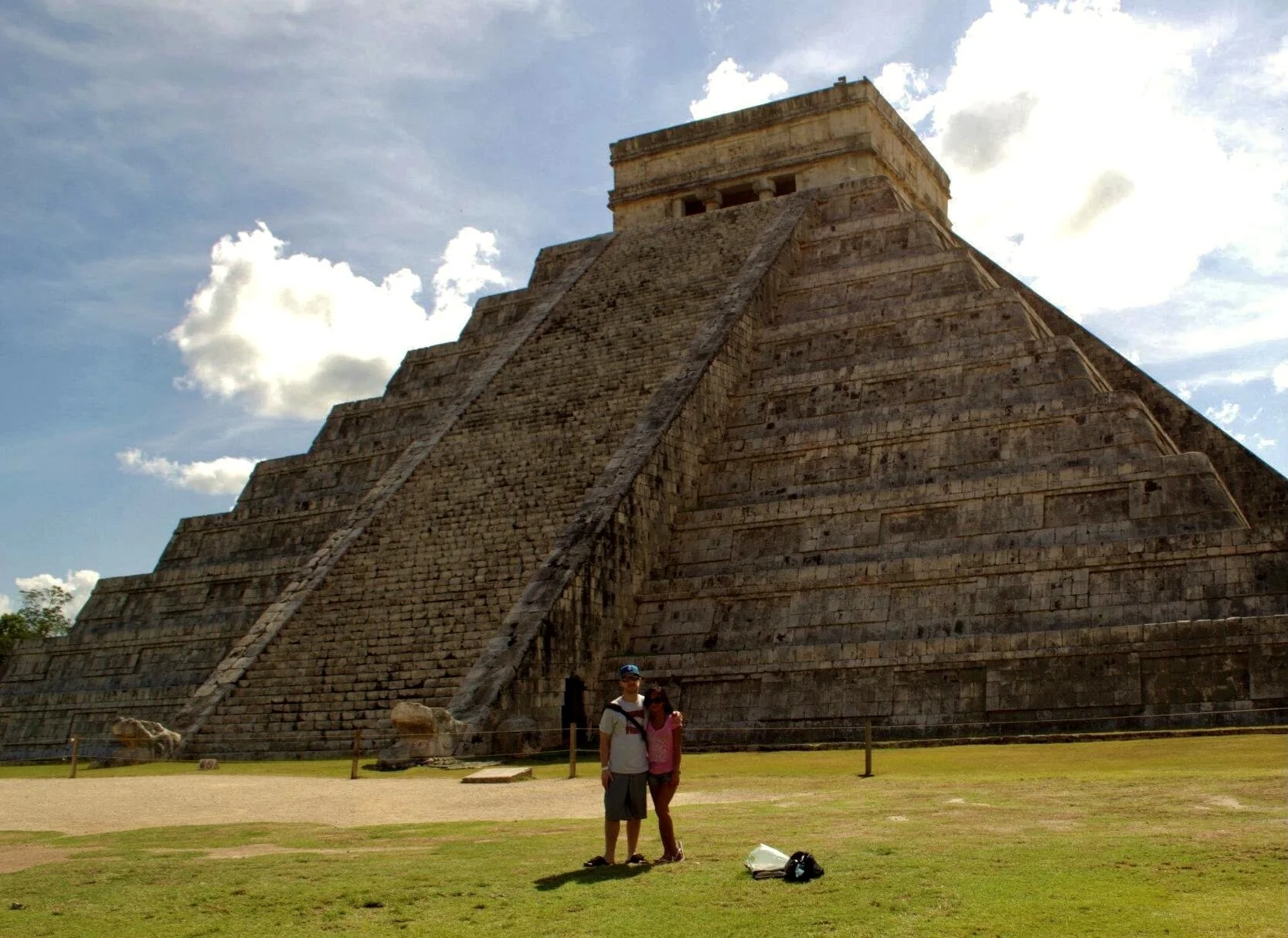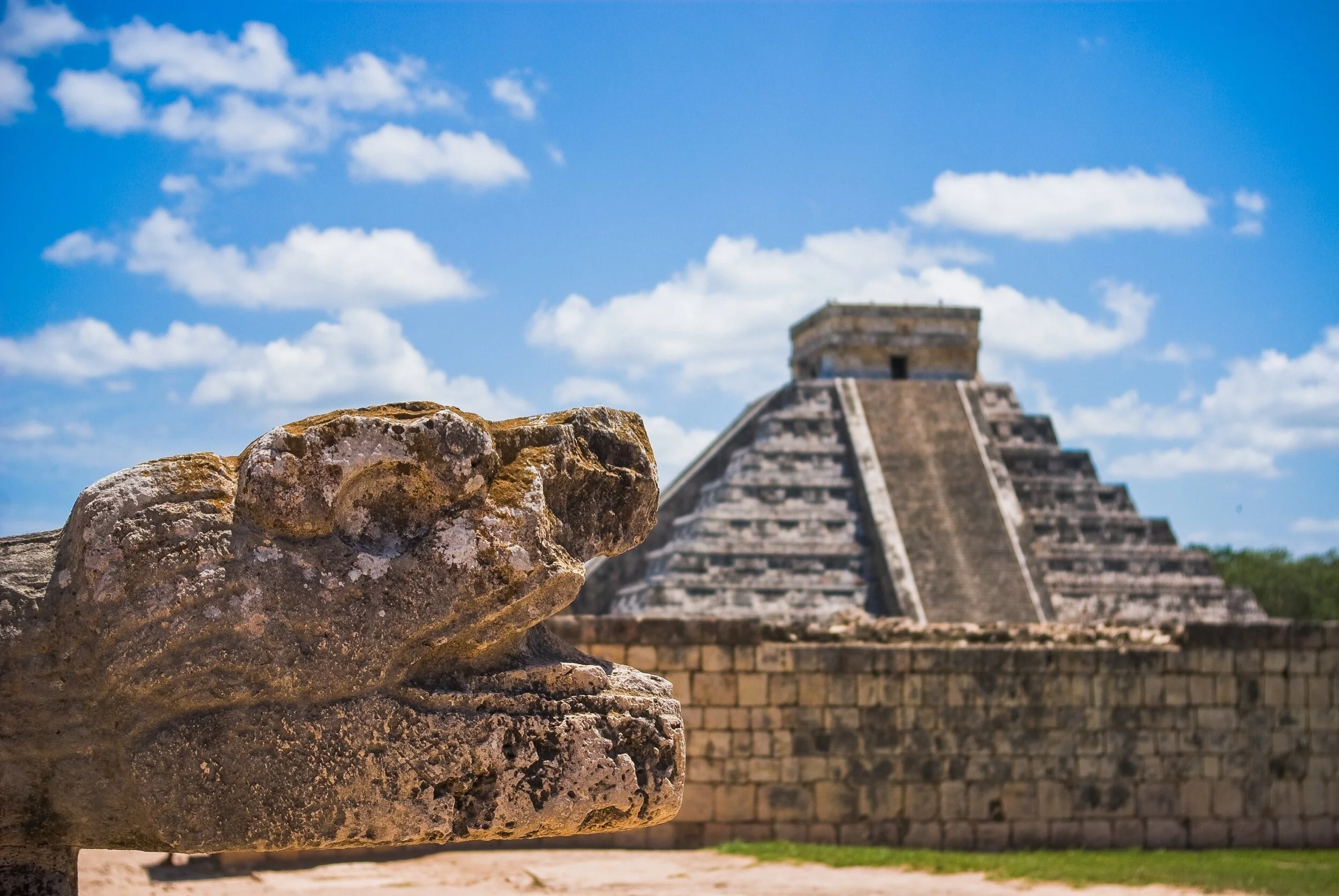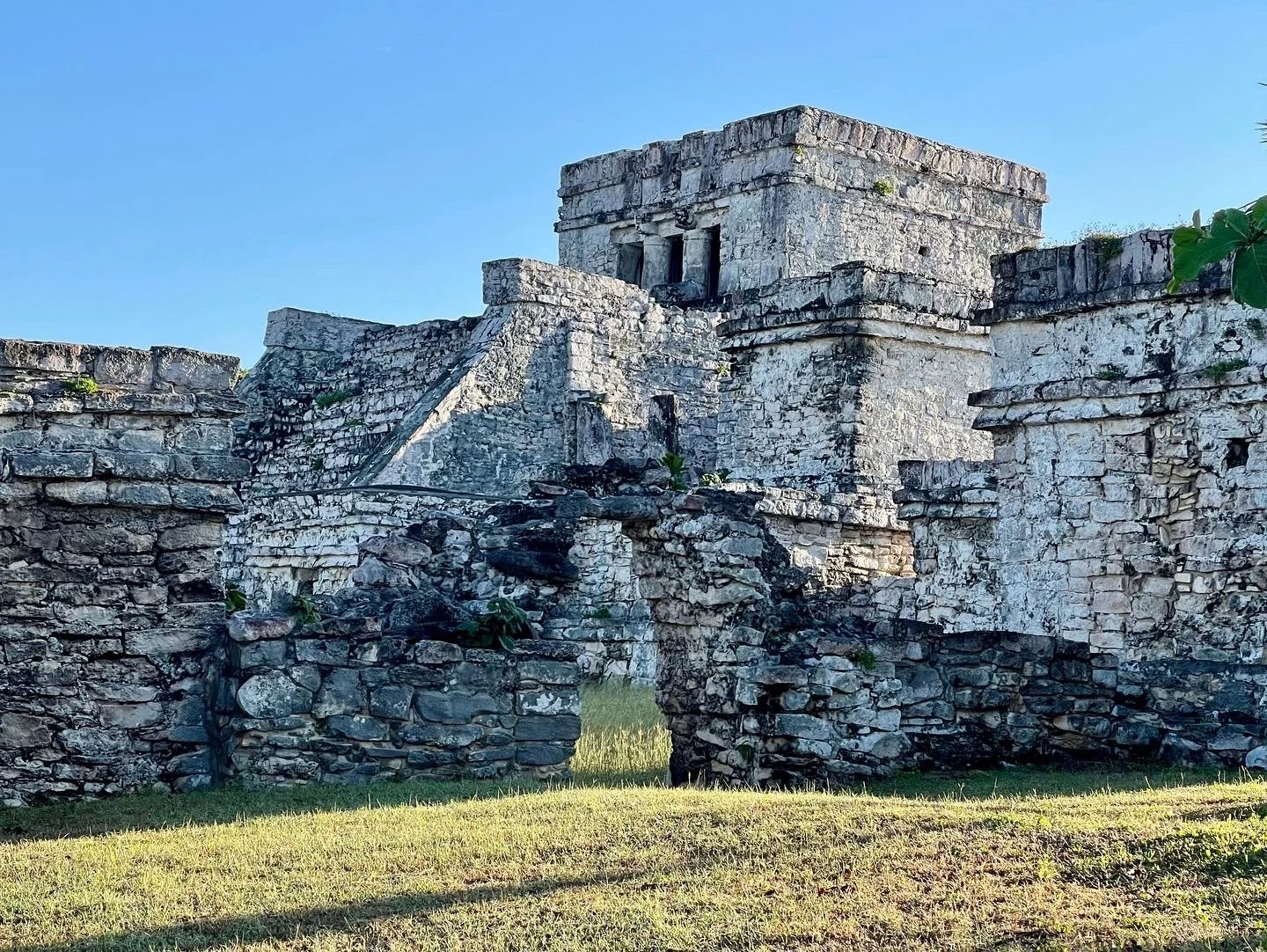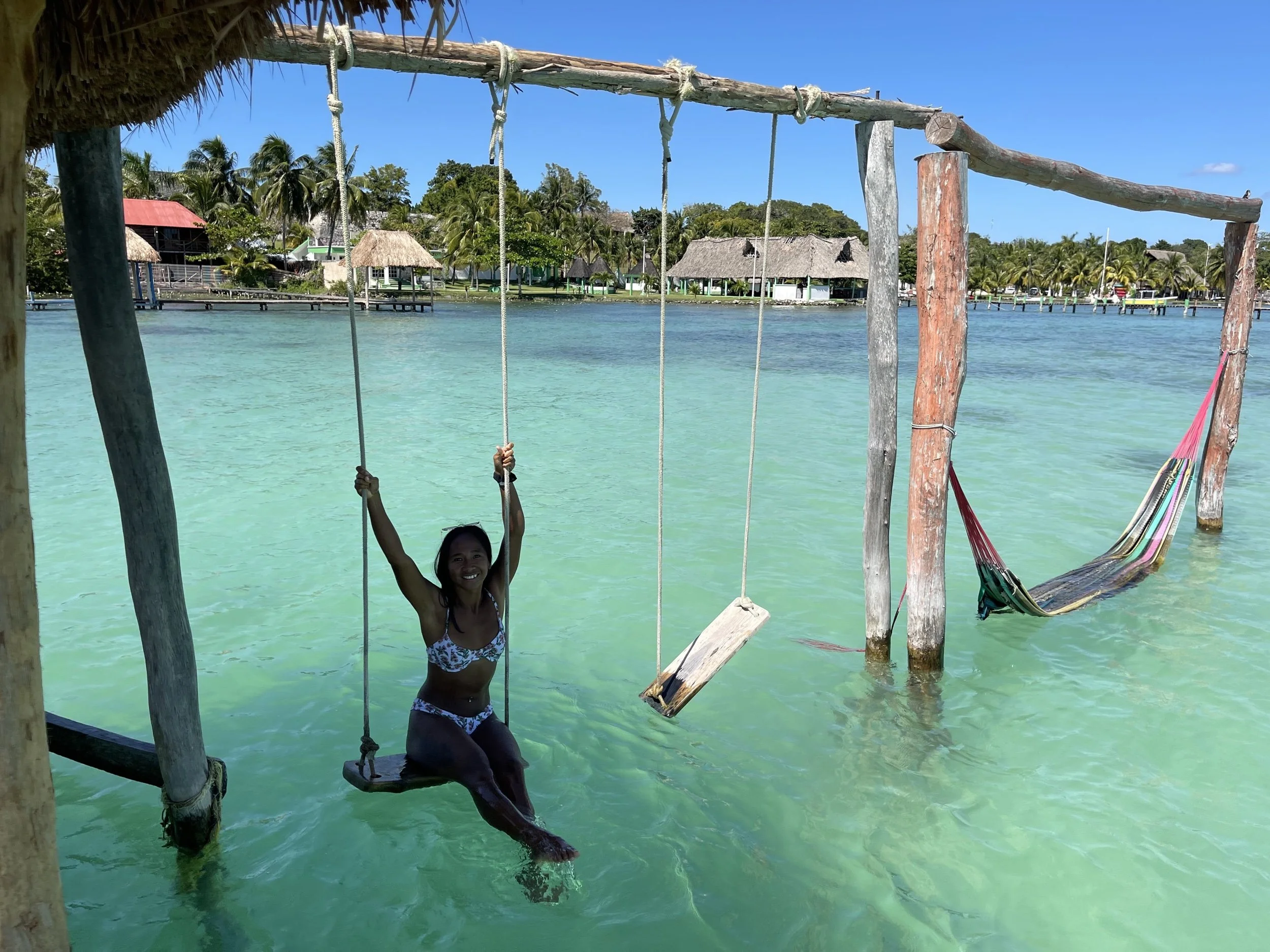Chichen Itza, Mexico
Chichen Itza, Yucatan, Mexico
About Chichen Itza, Yucatan
Chichen Itza is a large Mayan ruin that is located in the state of Yucatán, Mexico. It is a pre-Columbian city that was constructed by the Mayans during the Terminal Classic period and has become one of the world’s most popular ancient sites.
In its heyday, Chichen Itza was one of the main hubs of the Northern Maya Lowlands (AD 600 to 900). The site boasts several construction techniques and architectural styles that are connected to central Mexico. This shows a sharing of knowledge among the ancient peoples of the continent, or at least a similar evolution of thought processes amongst tribes. The city is said to have had a very diverse population of people which most likely contributed to the variety of building techniques and artistic styles.
Chichen Itza is one of the biggest Mayan ruin sites and during its rise to power it is thought to have been one of the largest cities in the Americas. Nowadays the city receives over 2.6 million visitors every year.
Unfortunately, Chichen Itza no longer remains in the hands of the Mayan People and is federal property. The ruins now belong to Mexico's Instituto Nacional de Antropología e Historia (National Institute of Anthropology and History).
Exploratory Glory YouTube Channel
Chichen Itza, Yucatan, Mexico
How to Get to Chichen Itza
Map of Chichen Itza
Chichen Itza, Yucatan, Mexico
History of Chichen Itza
Chichen Itza became a powerful and influential city toward the end of the Early Classic period (600 AD). But it wasn’t until the Terminal Classic Period that the city rose up to become the regional capital and hub of the northern Maya lowlands.
Over time, Chichen Itza became more powerful while other cities in the region such as Yaxuna and Coba endured a great decline. It is thought that Chichen Itza slowly acquired more power and territories and then in the 10th century, it took a huge portion of land from Coba. This land grab, isolated surrounding cities and may have directly contributed to the collapse of regional power structures.
Chichen Itza maintained power in the territory until the 13th century when it was said that Hunac Ceel the ruler of Mayapan and his army conquered the city. This was just a theory and archeological data now points out that Chichen Itza may have declined before the rise of Mayapan.
The city saw a great decline but did continue to be home to a significant population as reported by Spanish conquistadors. The Spaniards, led by Montejo the Younger set out on a mission in 1526 to take Chichen Itza and make it a capital for Spain. This mighty task took more than a decade and resulted in the loss of many lives. After being defeated once, Montejo eventually recruited an army consisting of Spanish and Mayans from other tribes to successfully take control of the city. By the year 1588, the mighty city of Chichen Itza was being used as a cattle ranch.
As the years went on the jungle claimed the city as its own and interest in it was all but lost. Until 1843 when Chichen Itza entered the realm of pop culture with the writing of the novel Incidents of Travel in Yucatan by John Lloyd Stephens. The book details a journey to the Yucatán Peninsula and an exploration of ancient Mayan cities, which included Chichén Itzá. The book sparked great interest in exploring the ruins and in 1860, notable archaeologist Désiré Charnay studied Chichén Itzá and published the book Cités et ruines américaines. Excavations continued until the present day and researchers still continue to unlock the secrets of this great ancient city.
Chichen Itza, Yucatan, Mexico













